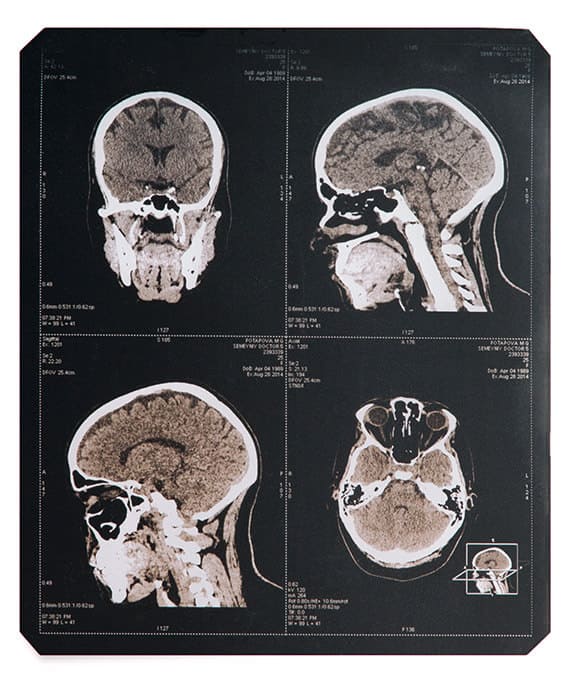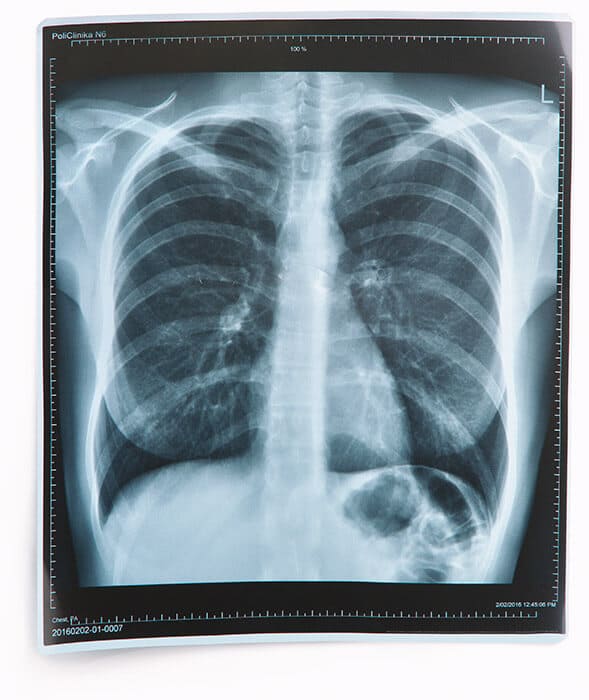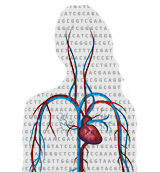

When we are young, we think that our bodies will remain strong and healthy for a long time to come. After all, in the worst case scenario, we are threatened by a cold or flu. But many serious illnesses come our way sooner than we would like. And cardiovascular diseases and cancer can even appear at a young age.
These diseases manifest themselves poorly in their early stages, when treatment is cheapest and most effective, but when neglected they lead to a significant reduction in quality of life and ultimately to early death.
It is impossible to prevent all diseases at once. But you don't have to, because every person has a chance to encounter only a few of them. And this set of diseases is not random.
Information about our health status and future risks is contained in our genes. This is our genetic health map.
Determining the genetic risk of diseases is an essential part of a healthy lifestyle. For some diseases genetics play a decisive role, for others it only manifests itself through external factors (multifactorial diseases). Not only genetic testing for hereditary diseases, but also assessing the likelihood of multifactorial diseases can significantly help in their prevention and treatment.























